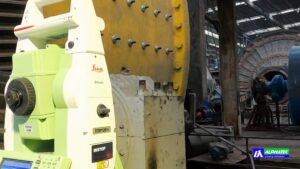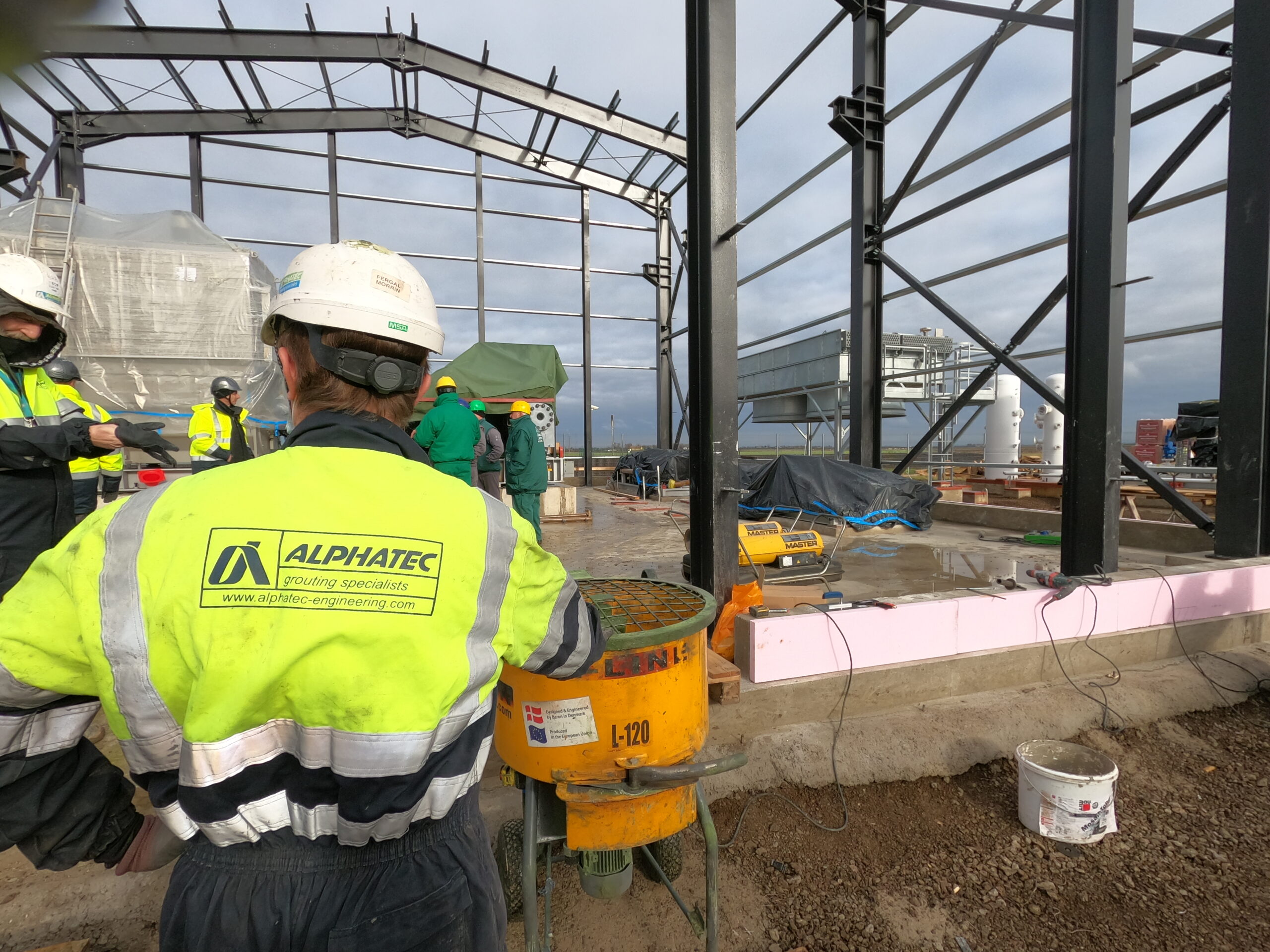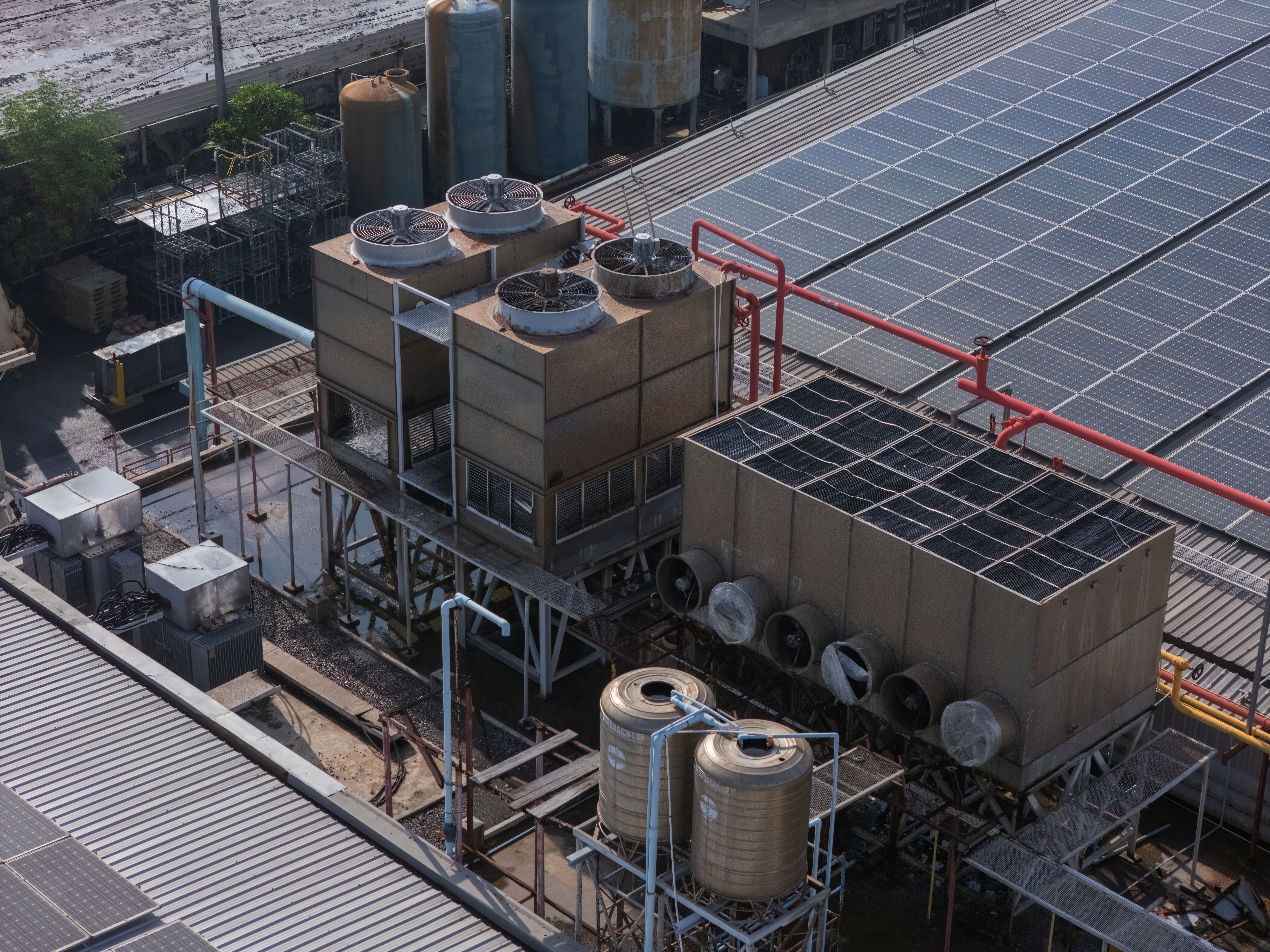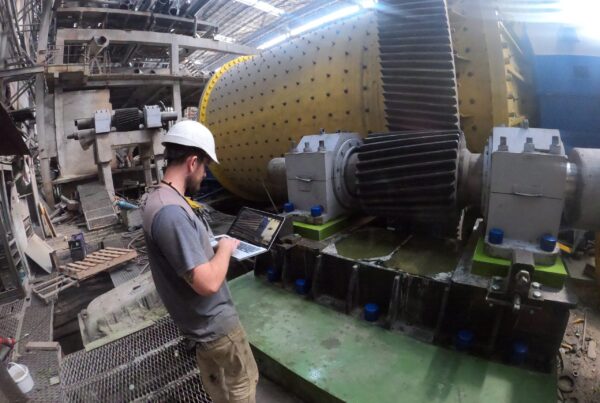A solid and stable machinery foundation forms the backbone of industrial operations, playing a vital role in ensuring optimal performance, productivity, and safety. The significance of foundation stability cannot be overstated, with research revealing compelling statistics and data underscoring its impact. From increased downtime and maintenance costs to compromised product quality and worker safety, unstable foundations can have far-reaching consequences across industries.
Foundation issues contribute to machinery downtime, resulting in significant financial losses for organisations. Unstable foundations can also be responsible for maintenance expenses. But beyond financial implications, the impact of foundation instability extends to product quality and worker safety. Machinery operating on unstable foundations is more prone to excessive vibrations, misalignments, and premature wear, leading to a decrease in product quality standards. This not only affects customer satisfaction but also raises safety concerns for workers who operate in close proximity to these machines.
By implementing industry best practices supported by expert research, organisations can mitigate risks, minimise downtime, and maximise the efficiency and longevity of their machinery.
Machinery Foundation Stability
The significance of machinery foundation stability cannot be overstated when it comes to ensuring the overall performance, reliability, and longevity of industrial equipment. A stable foundation is essential for maintaining proper alignment and functionality of the machinery, as it provides a solid base to support its weight, absorb vibrations, and counteract external forces.
When the foundation of machinery is stable, it forms a secure platform that effectively supports the equipment’s weight. This prevents excessive stress and strain on the machinery, allowing it to operate smoothly and reducing the risk of failures. Proper alignment is crucial for the machinery to function as intended, avoiding issues such as increased friction, vibration, and premature wear, which can lead to reduced efficiency and higher maintenance costs.

Proper alignment is key for machinery foundations
A stable foundation plays a vital role in minimising vibrations generated during machinery operation. By absorbing these vibrations, the foundation prevents their transmission to other components and surrounding structures. This helps to maintain the structural integrity of the machinery, reduces the likelihood of damage, and extends its operational lifespan.
Foundation Design and Construction
According to industry experts, proper foundation design is essential for machinery stability. It involves considering factors such as weight distribution, dynamic forces, and anticipated loads of the machinery. Structural engineers utilise industry standards and structural analysis methods to design foundations that can withstand operational demands while minimising the risk of settlement, cracking, or uneven load distribution.
To ensure machinery foundation stability, the use of high-quality construction materials, such as reinforced concrete or steel, is crucial. Adherence to established engineering practices, including proper reinforcement placement and adequate curing processes, enhances the durability and integrity of the foundation.
Quality Construction Materials and Techniques
In the realm of foundation stability, the careful selection of high-quality construction materials and reliable techniques is paramount. When it comes to using epoxy grout, industry experts recognize its significance in enhancing the strength and durability of foundations. Epoxy grout offers exceptional bonding properties, high compressive strength, and chemical corrosion resistance, making it an ideal choice for various foundation applications.

Mixing AT800 Epoxy Grout
Proper installation techniques play a crucial role in maximising the benefits of epoxy grout. Strategic positioning of epoxy grout involves filling voids, anchoring machinery, and providing structural support within the foundation. This strategic placement helps distribute the loads and forces exerted by the machinery, significantly reducing the risk of cracks, settlements, or uneven load distribution.
In addition to precise positioning, following established engineering practices is vital for achieving optimal results with epoxy grout. Accurate mixing ratios, proper surface preparation, and meticulous application are essential steps to ensure a strong bond between the epoxy grout and the foundation. Adhering to manufacturer guidelines throughout the process is crucial for achieving the desired level of strength, stability, and longevity.
Contact Alphatec Engineering today to ensure your machinery foundations future!



